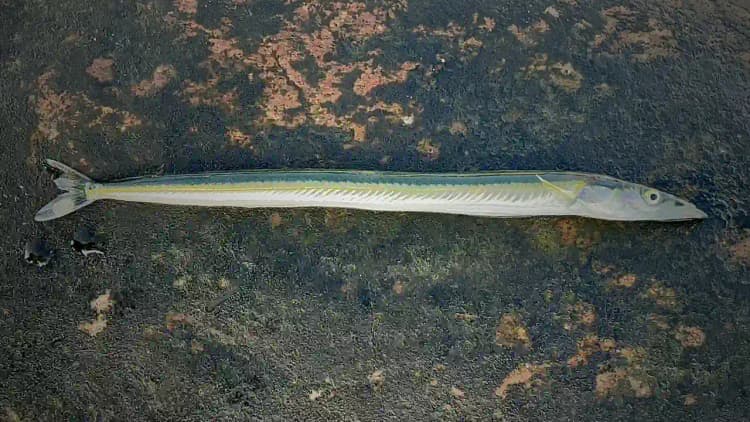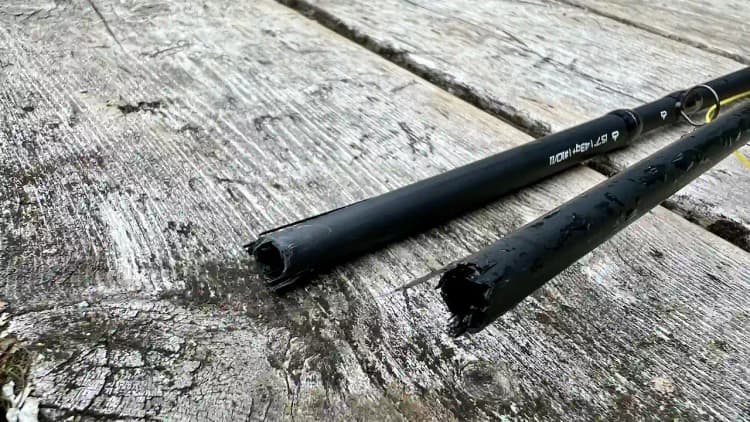Stories
15th May 2025
Invasive Pink Salmon
Norway's Salmon Rivers Threatened by Invasive Pink Salmon: A Battle to Preserve the Wild Salmon
Share this post
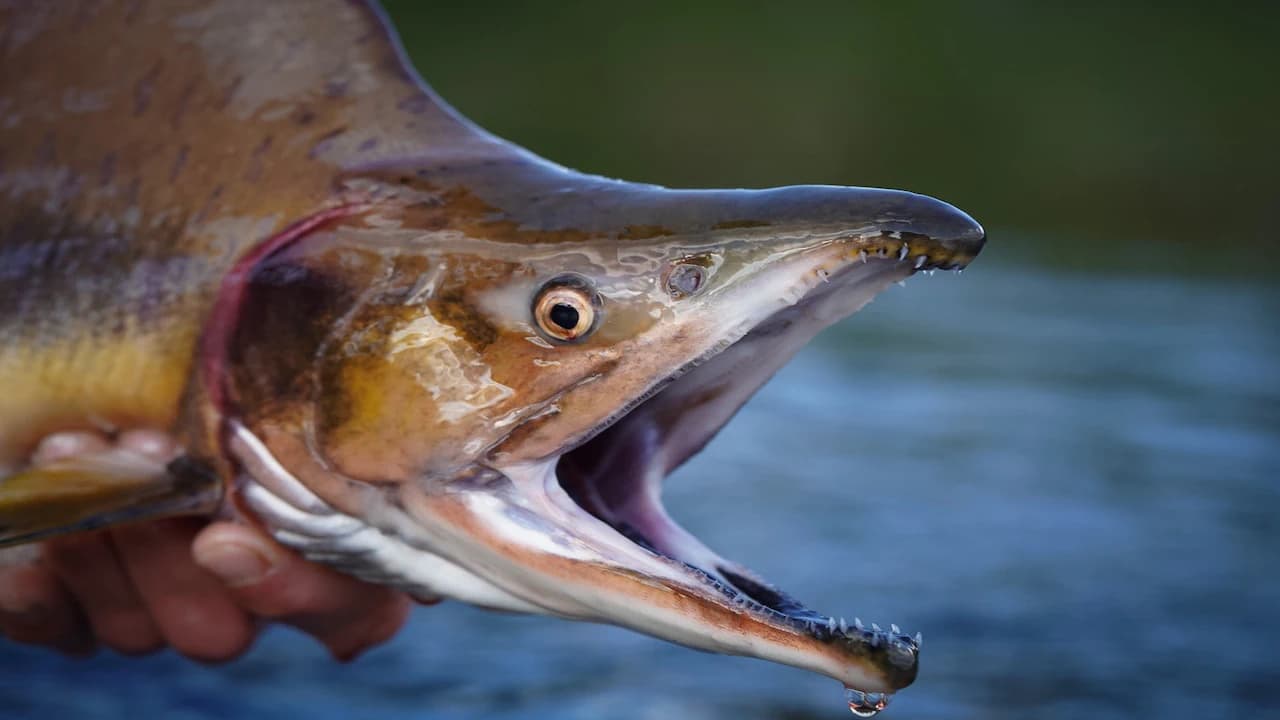
For anglers and salmon enthusiasts, Norways salmon rivers are a paradise. But this idyllic world is now under threat from an invasive fish species that could ruin it all.
The pink salmon poses a threat to Norwegian sport fishing and the native salmon population. It is an invasive species from the Pacific, known for its rapid growth and strong survival abilities. Introduced in Russia in the mid-20th century as part of an aquaculture program, it quickly spread to other areas, including Norway.
Pink salmon has become a significant problem for Norwegian salmon tourism and sport fishing, as it competes with the native Atlantic salmon for food and habitat and can displace the original species. It is also known to be aggressive and capable of harming or killing other fish species while attempting to establish itself in new areas.
Although pink salmon is an unwanted species in Norwegian waters, it can still hold economic value for fishermen, as it is a sought-after fish in parts of Asia and North America. Hence, there is still some interest in catching and selling pink salmon, even though it is invasive and can negatively affect the native salmon population.
The Invasion Threatens Norway’s Salmon Rivers and Fisheries
Norwegian salmon rivers are renowned for their abundance of Atlantic salmon and are a popular destination for sport fishers from around the world. These rivers are a key part of Norway’s salmon industry and contribute significantly to the national economy.
Unfortunately, these rivers are now under attack by the invasive pink salmon. This species has been observed in increasing numbers in Norwegian waters and now poses a threat to the native Atlantic salmon population and sport fishing.
Experts say the invasion is driven by several factors, including climate change and a growing global trade in fish species. Since pink salmon is popular in parts of the world, it may have spread to Norwegian waters through these channels.
They also warn that the invasion could have serious consequences for the native salmon population and sport fishing. Pink salmon competes for food and habitat and may displace the native species. Additionally, there are concerns that pink salmon may spread diseases to native species.
A professor at the University of Bergen states: “We need to be aware that pink salmon can displace native Atlantic salmon and lead to serious ecological consequences in Norwegian rivers.”
To combat the invasion, Norwegian authorities have implemented several measures, including increased monitoring and regulation of fishing activities. Research projects have also been launched to investigate the causes of the invasion and find solutions to the problem.
In summary, the pink salmon invasion is a serious threat to the native Atlantic salmon population and sport fishing in Norwegian rivers. Ongoing efforts are needed to understand the causes and find ways to manage the issue to protect the unique ecological balance in these rivers.
A Threat to Norway’s Salmon Culture and Economy – Warnings from Local Fishers and Experts
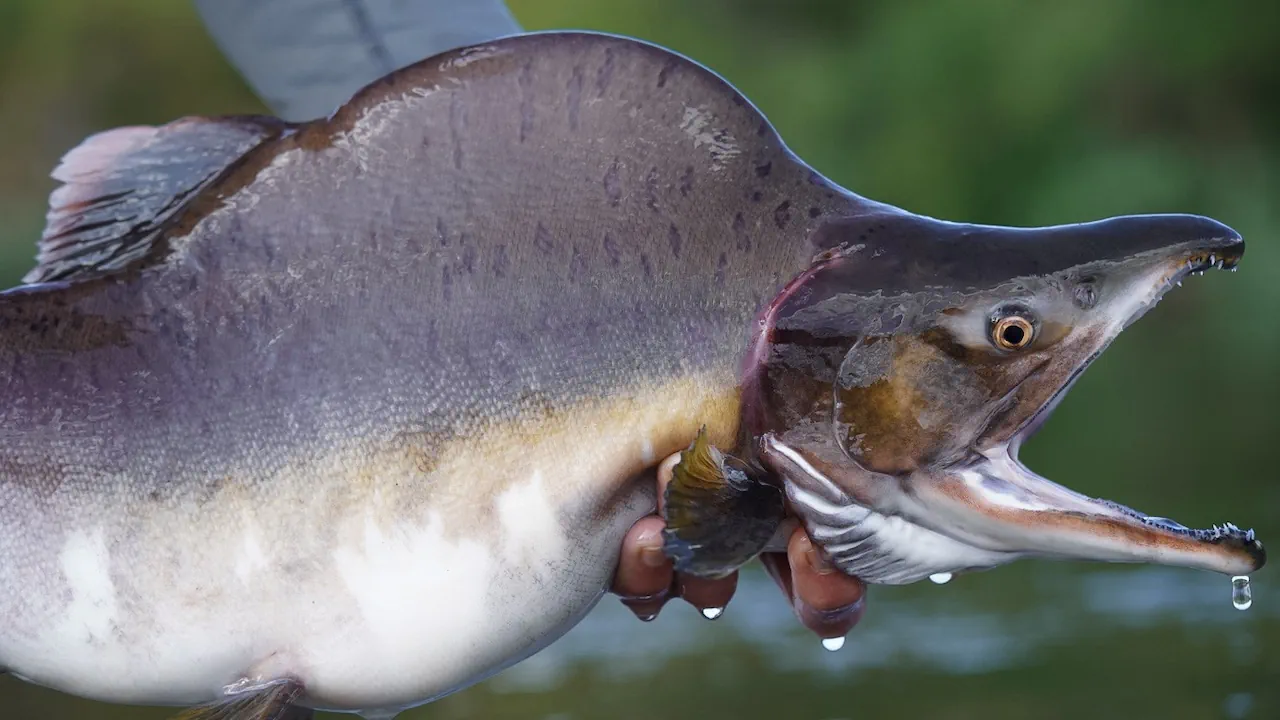
For decades, salmon fishing has been a central part of Norwegian culture and economy. From the old Viking kings' pursuit of big salmon to today’s sport anglers, salmon fishing has been a proud tradition for many in Norway.
But the native salmon population is now under attack by an invasive species: the pink salmon. This fast-growing species from the Pacific has become a threat to the natural salmon population in Norwegian rivers and could impact local culture and the economy.
To understand the consequences of the pink salmon invasion in Norwegian rivers, we spoke with local fishers and experts. One of the fishers we interviewed has been fishing in these rivers for decades and noted an increase in pink salmon catches in recent years.
“I’ve personally seen more and more pink salmon in Norwegian rivers, and it really worries me,” he said. “As a fly-fishing guide, I host salmon anglers from all over the world, and naturally I’m concerned about what this will mean for our native salmon and our fishery.”
Experts confirm these concerns, pointing out that the pink salmon invasion could have serious consequences for the local economy and culture. If it continues to spread, it could threaten the native salmon population and reduce the economic importance of salmon fishing.
However, the invasion could also spark renewed awareness of the importance of preserving the native salmon population and the traditional salmon fishing culture. As one expert noted: “We have a long tradition of salmon fishing in Norway, and it’s important to preserve this tradition for future generations. The pink salmon invasion could be an opportunity to renew our efforts to protect native salmon and the culture connected to salmon fishing.”
The pink salmon invasion is a complex challenge for Norway, requiring long-term efforts from both local authorities and communities. By understanding both the historical and cultural perspectives of salmon fishing and the pink salmon’s spread, we can work together to preserve this important tradition and protect the native salmon in Norwegian rivers.
Solutions to Combat the Pink Salmon Invasion in Norwegian Rivers
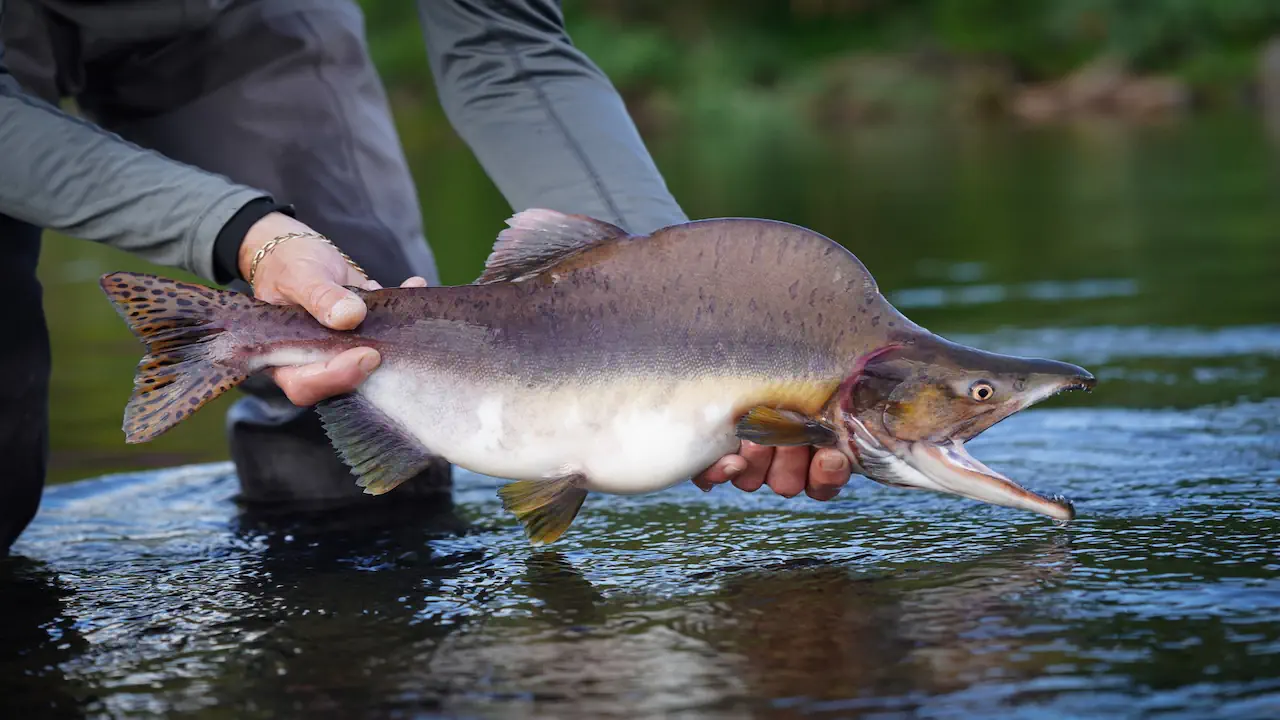
Several solutions could help tackle the pink salmon invasion and protect the native salmon population. One of the most important steps will be to continue research and monitoring of the pink salmon’s distribution and its impact on the salmon population and local ecosystem. This will provide better insight into the species’ spread patterns and behaviour and help develop more effective responses.
Another approach is to implement eradication programs aimed at reducing pink salmon numbers in Norwegian rivers. These programs may include targeted capture and removal or even use of chemical agents, though there’s a risk that such methods may also harm native species if not carefully managed.
Regulating fishing activities is also an important part of the solution. Catch quotas can be adjusted to reduce salmon fishing in rivers where pink salmon is widespread. Restrictions on fishing methods and seasons can help reduce the risk of catching pink salmon unintentionally.
There is also potential in focusing on consumer education and awareness. Informing the public about the differences between native and invasive species – and how their choices (e.g., which fish to buy) affect the ecosystem – could make a difference.
Finally, increasing support for local initiatives and projects aimed at protecting native salmon populations and preserving salmon fishing culture is essential. These could include habitat restoration, constructing fish passages, and supporting local fisheries communities and tourism activities focused on the native salmon.
In the end, it will take a coordinated, long-term effort across authorities, scientists, local fishers, and the public to tackle the pink salmon invasion in Norwegian rivers and protect the native salmon population.
Key Recommendations to Combat the Pink Salmon Invasion
- Continue research and monitoring to understand pink salmon distribution and behaviour.
- Implement eradication and control programs where necessary.
- Adjust regulations on fishing activities to protect native species.
- Increase public education and support for local conservation initiatives.
- Foster collaboration across government, science, and communities.
Global Relevance
The pink salmon invasion has implications not just for Norway, but for wild salmon fisheries globally. If pink salmon spreads to other regions, it could disrupt native salmon ecosystems elsewhere. The need to find solutions is urgent not just to protect Norway’s wild salmon, but to maintain healthy aquatic ecosystems around the world.
Back to Blog